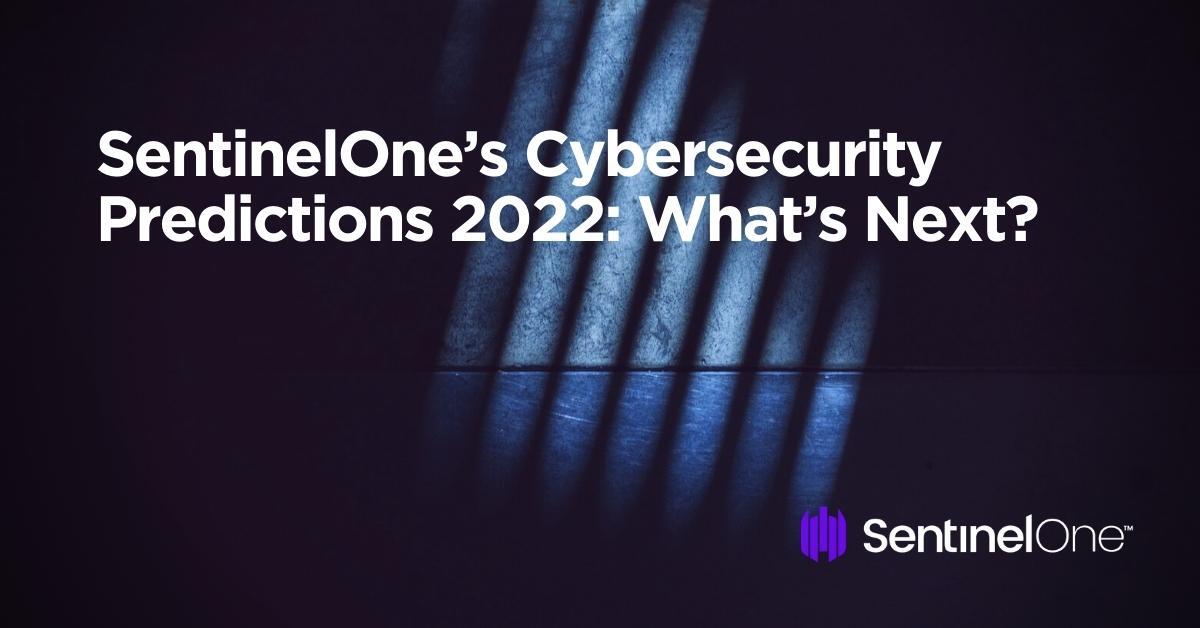Future-Proof Your Organization: Key Cybersecurity Forecasts You Required to Know
As businesses face the speeding up speed of electronic transformation, comprehending the developing landscape of cybersecurity is essential for long-term durability. Forecasts suggest a considerable uptick in AI-driven cyber threats, along with heightened regulatory scrutiny and the imperative shift in the direction of Absolutely no Trust fund Architecture.
Rise of AI-Driven Cyber Risks

Among the most concerning developments is the use of AI in developing deepfakes and phishing plans that are remarkably persuading. Cybercriminals can produce sound and video web content, posing executives or relied on people, to manipulate sufferers into divulging sensitive information or accrediting fraudulent deals. Furthermore, AI-driven malware can adjust in real-time to escape detection by conventional protection measures.
Organizations must identify the immediate demand to strengthen their cybersecurity structures to combat these developing risks. This includes investing in advanced danger discovery systems, fostering a society of cybersecurity awareness, and executing durable occurrence response plans. As the landscape of cyber dangers transforms, positive actions come to be vital for safeguarding sensitive information and keeping service stability in an increasingly electronic globe.
Raised Concentrate On Data Privacy
Just how can organizations properly browse the expanding emphasis on data personal privacy in today's electronic landscape? As regulatory frameworks progress and customer expectations rise, companies should focus on durable data personal privacy methods. This involves adopting thorough data governance policies that ensure the ethical handling of personal details. Organizations must perform regular audits to assess conformity with laws such as GDPR and CCPA, recognizing potential vulnerabilities that might bring about data violations.
Investing in worker training is critical, as staff awareness directly affects information protection. Additionally, leveraging innovation to improve data protection is essential.
Partnership with legal and IT teams is important to line up data privacy efforts with service purposes. Organizations needs to additionally engage with stakeholders, including clients, to interact their dedication to information privacy transparently. By proactively attending to information personal privacy concerns, companies can develop count on and enhance their online reputation, inevitably adding to lasting success in a significantly inspected digital environment.
The Change to Absolutely No Depend On Design
In reaction to the evolving hazard landscape, companies are progressively embracing Zero Trust Style (ZTA) as a basic cybersecurity strategy. This strategy is asserted on the principle of "never trust fund, constantly verify," which mandates continuous confirmation of individual identities, tools, and information, despite their place within or outside the network border.
Transitioning to ZTA entails carrying out identity and accessibility administration (IAM) solutions, micro-segmentation, and least-privilege access controls. By granularly regulating accessibility to sources, organizations can mitigate the threat of expert risks and minimize the influence of external violations. ZTA incorporates robust tracking and analytics capabilities, enabling companies to spot and react to anomalies in real-time.

The change to ZTA is likewise fueled by the enhancing adoption of cloud solutions and remote job, which have actually broadened the assault surface (7 Cybersecurity Predictions for 2025). Conventional perimeter-based safety and security designs want in this new landscape, making ZTA an extra resilient and adaptive structure
As cyber dangers remain to expand in class, the fostering of Zero Count on principles will be vital for organizations looking for to secure their properties and keep regulative compliance while guaranteeing company image source continuity in an uncertain setting.
Regulative Changes imminent

Forthcoming guidelines are anticipated to deal with an array of issues, consisting of information privacy, breach alert, and incident action methods. The General Data Security Law (GDPR) in Europe has established a criterion, and similar structures are emerging in other areas, such as the USA with the suggested government privacy regulations. These regulations usually impose rigorous penalties for non-compliance, highlighting the requirement for companies to prioritize their cybersecurity steps.
Furthermore, industries such as financing, medical care, and critical infrastructure are likely to deal with much more rigid needs, mirroring the delicate nature of the information they take care of. Conformity will certainly not just be a lawful commitment yet a crucial element of building count on with clients and stakeholders. Organizations needs to remain ahead of these changes, integrating regulatory requirements into their cybersecurity techniques to guarantee durability and shield their assets efficiently.
Importance of Cybersecurity Training
Why is cybersecurity training a crucial component of an organization's defense technique? In an age where cyber dangers are significantly innovative, companies need to acknowledge that their employees are frequently the first line of protection. Efficient cybersecurity training gears up staff with the expertise to recognize possible dangers, such as phishing assaults, malware, and social engineering strategies.
By cultivating a society of security awareness, organizations can considerably reduce the risk of human error, which is a leading root cause of data breaches. Routine training sessions guarantee that workers remain notified regarding the latest threats and best practices, therefore boosting their capacity Read More Here to react appropriately to cases.
In addition, cybersecurity training promotes conformity with governing needs, lowering the danger of legal repercussions and monetary charges. It likewise equips employees to take ownership of their role in the company's protection structure, bring about an aggressive instead than responsive technique to cybersecurity.
Conclusion
In conclusion, the advancing landscape of cybersecurity demands proactive procedures to deal with arising dangers. The rise of AI-driven assaults, combined with enhanced data privacy issues and the shift to No Depend on Style, demands an extensive technique to protection. Organizations must remain alert in adjusting to regulative adjustments while focusing on cybersecurity training for employees (cybersecurity and privacy advisory). Stressing these approaches will certainly not only improve organizational resilience but also protect sensitive info against a progressively sophisticated array of cyber threats.